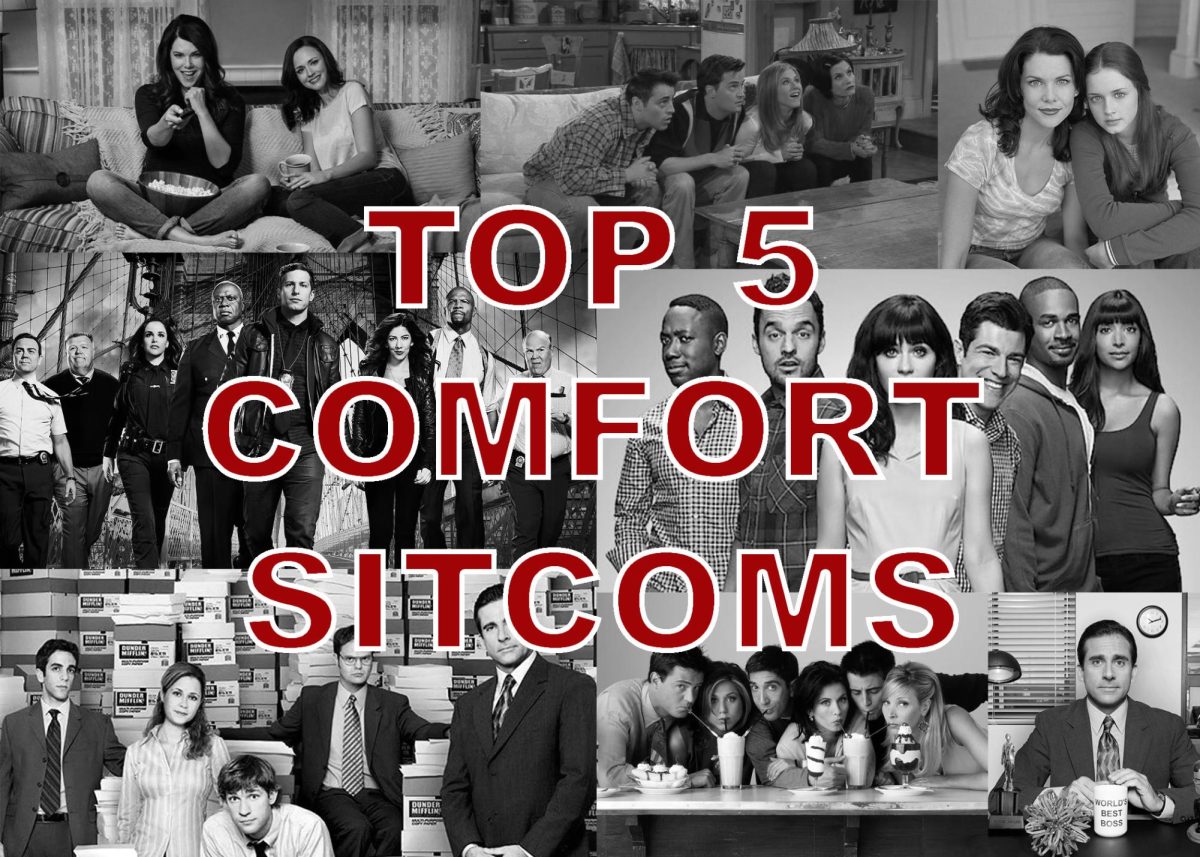Will it raise up low income workers,
or make them fall?
1.7 million people in America earn below the federal minimum wage, and around 1.4 million people earn it, scraping by on $7.25 (or less) an hour, according the Bureau of Labor Statistics. The statistic paints an obvious image of wealth inequality, a disease that’s been afflicting our country since day one. But what kind of remedy is there for this sort of ailment? California state law may be proposing the long awaited cure: raising minimum wage to the historic height of $15 per hour. But would this really serve as effective treatment?
Most facts point to a less than satisfactory result for the low-income workers the law is meant to help, and the above minimum-wagers whose income is lessened. When the federal minimum wage first became law in 1938, it was 25 cents. In today’s numbers, that’s a whopping $4.13 per hour. Predictably, as times changed, so did the minimum wage. In 2009, the average was raised to $7.25, which was about an 11 percent increase from 2008. However, that’s just the federal minimum; the absolute cheapest, skin-of-your-teeth number that is set to ensure a certain level of economical equality and fairness. “Fairness” being a relative term, considering that working full time on a $7.25 makes a person, after state, federal, social security and Medicare taxes, about $800 a month, which isn’t even enough for rent.
State law in California has a different definition of minimum wage. At $10 an hour, the Golden State was second to only Washington DC, whose average is currently $10.50. But living on $10 isn’t any easier. Full time on $10 amounts to about $12,000 a month, $150 short for rent at an apartment here in Paso. A house is even farther out of reach: median home prices in SLO county is about $454,500.
However, by 2022, California’s minimum wage will be a historic $15, making it the richest minimum wage state in the country. A month’s worth of work at minimum wage will now be worth about $2,000. But consider that with inflation. The predicted amount of inflation in 2022 will be about 1.8 percent, according to the Economist Intelligence Unit (EIU) Forecast’s, making $100 in today’s money $111. This leap forward is far larger than any ever attempted.
Propelled by these roughly 1.3 million dissatisfied workers and multiple unions like Fight For 15 are rallying for some sort of change in the economic wage gap and the stagnant state of the federal minimum, states have been toiling individually for this raise. New York is gearing to follow on California’s heels, proposing its own laws to push minimum wage to $15 over the course of six years, allowing small business an extra year to adjust as well.
But the raise doesn’t come without its concerns. Experts worry that such an increase would do nothing but hike up the cost of living, worsening the problem. A leap forward of this magnitude could widely vary labor-market conditions across the country, and possibly cause job cuts, or even reduce job supply. Small business owners whose main expense is labor might be forced to cut their staff.
A minimum wage raise this drastic isn’t necessarily the most effective or efficient route to for help the income inequality stricken poor. It could benefit many workers who are not poor, not supporting families, or both, neglecting its entire goal.
According to Alan Kruegar, former head of the Council of Economic Advisers, a $12 wage would be more beneficial to lowwage workers, but “a $15-an-hour national minimum wage would put us in uncharted waters, and risk undesirable and unintended consequences.” Because the cost of living is always rising, the value of a new minimum wage begins to fall from the moment it is set, according to the United States Department of Labor. Easing into a higher minimum slowly, helps combat the problems of the cost of living climbing quicker than people can work to make money.
Change is very necessary if we wish to douse the growing income inequality that thrives very easily in our country, but let us not change rashly. We have a history of throwing money at our problems; let’s not throw too much at minimum wage without clearly thinking and watch as it causes unintended consequences.











